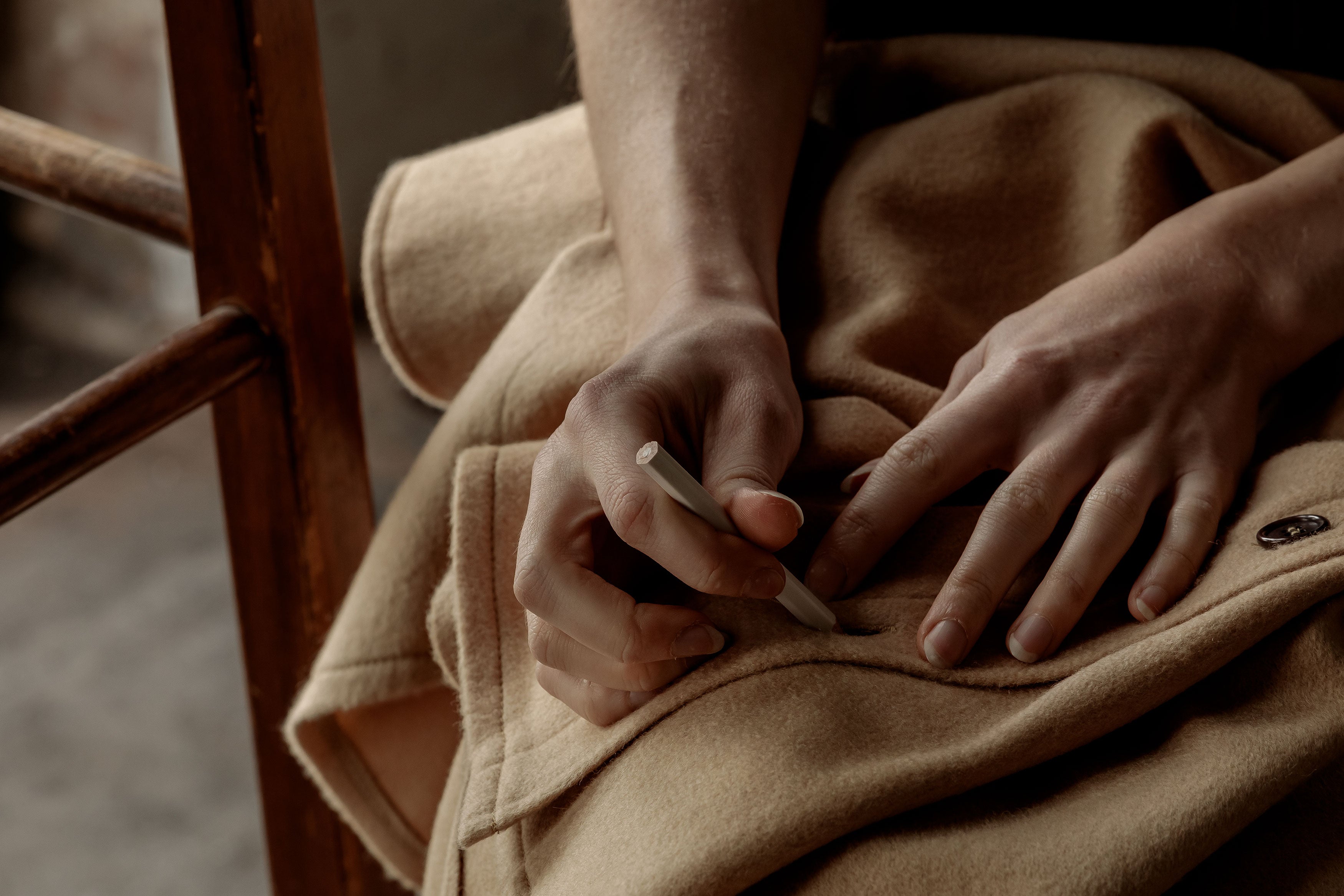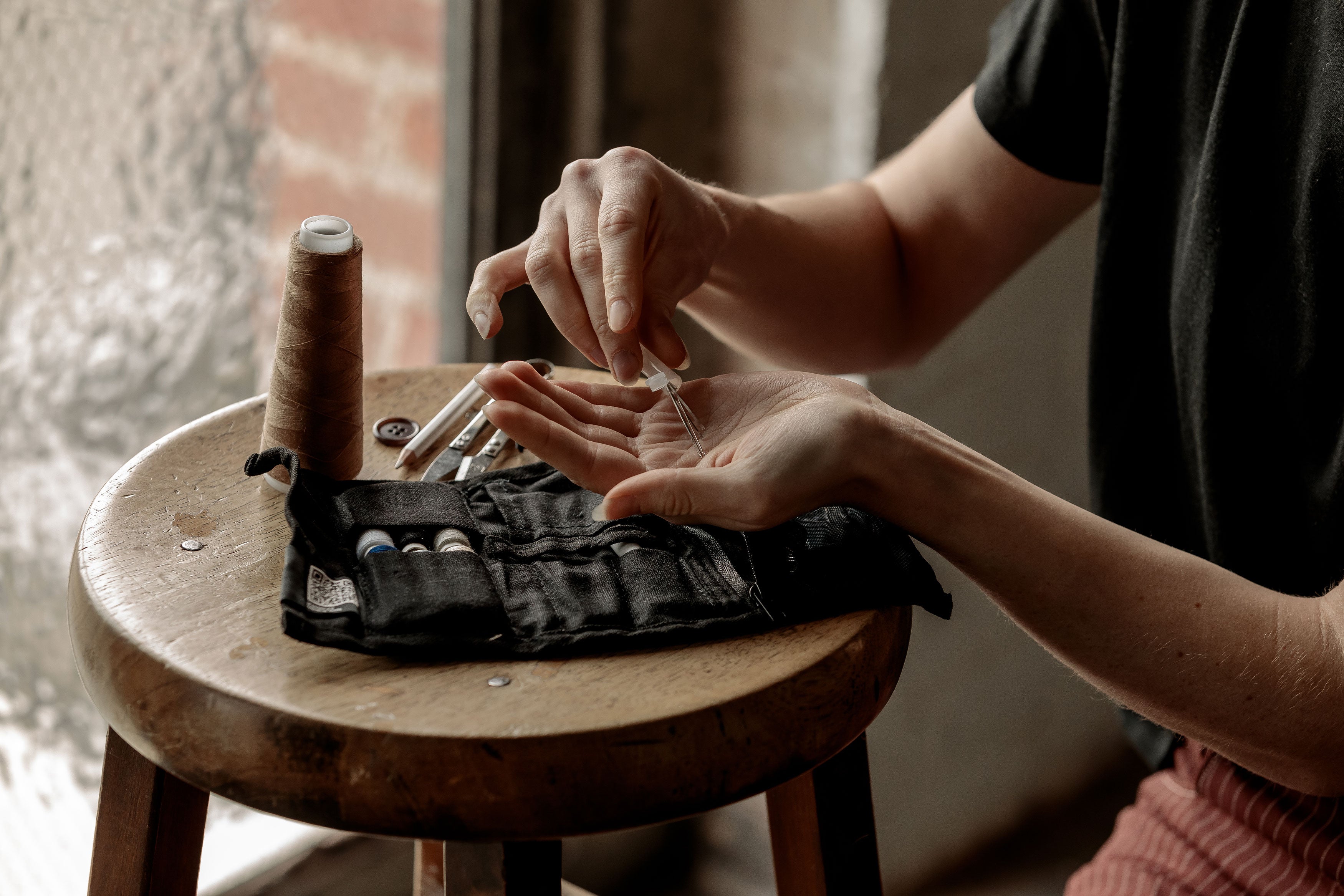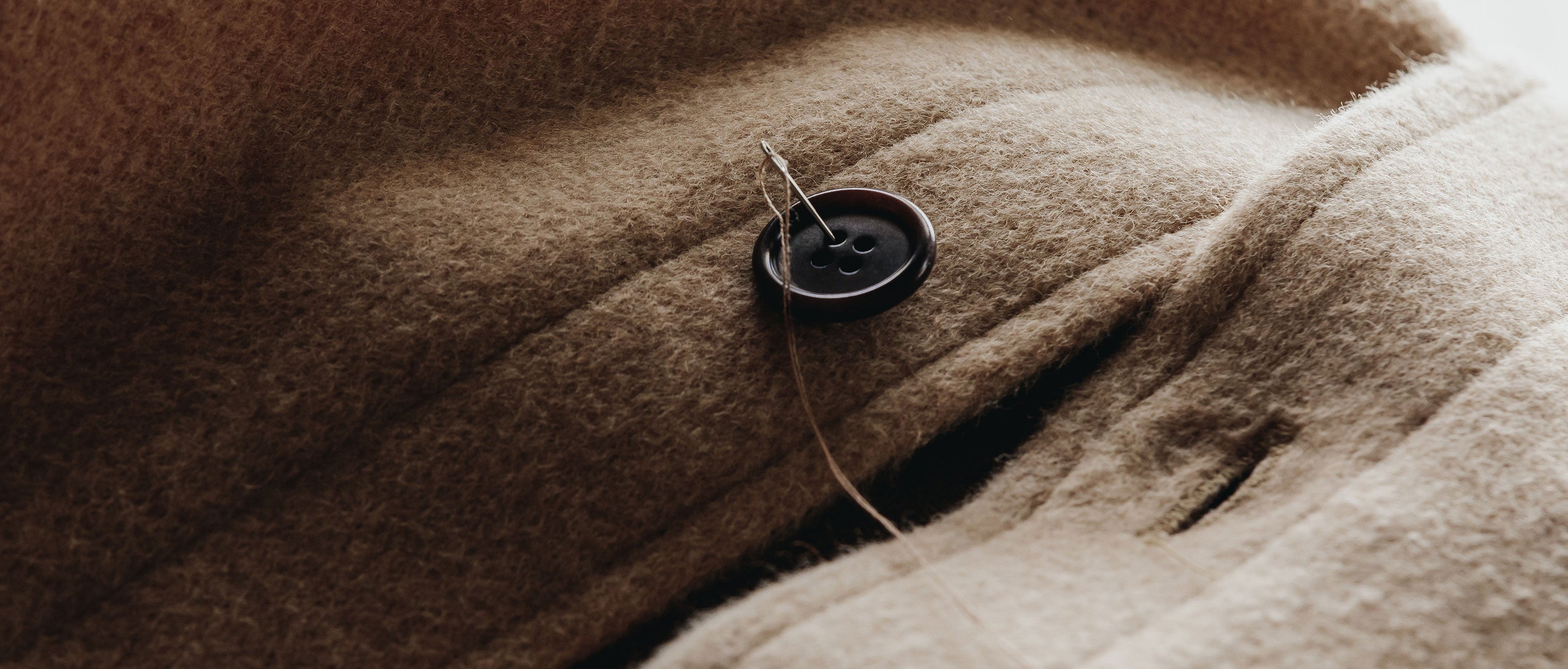Clothing, when made with intention, becomes more than a seasonal fling—it becomes a long-term relationship.
Durability and longevity begins not just during construction, but in the home, with mindful maintenance. From the most thoughtfully made pieces to your thrift store finds—all benefit from regular care.
Did you know? Almost 20% of a garment's environmental impact happens after it’s made, in it's "use" phase, when it’s worn, washed, and maintained. Thoughtful maintenance like gentle washing, air drying, and storing it well can extend its life, reducing waste and helping you get more wear from each piece.
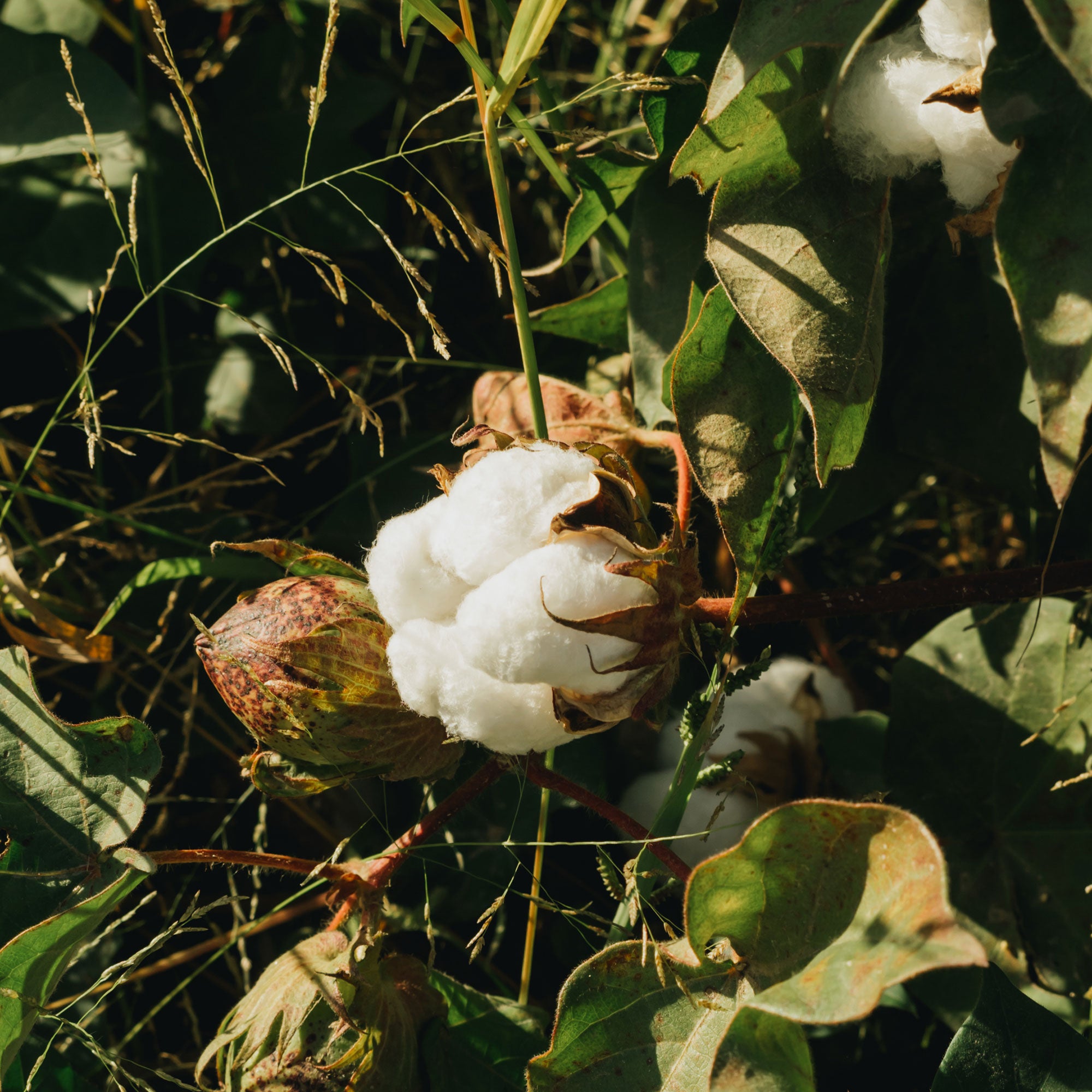
01 COTTON CARE
Cold wash by hand or on a delicate setting, hang or lay flat to dry. Use a steamer to release creases without compromising the fibres.
Shop Organic Cotton
02 LINEN CARE
Cold wash by hand or on a delicate setting, hang or lay flat to dry. If needed, steam or iron on low heat while slightly damp for a crisp finish. Over time, linen softens and strengthens, becoming more comfortable with every wear.
Shop Linen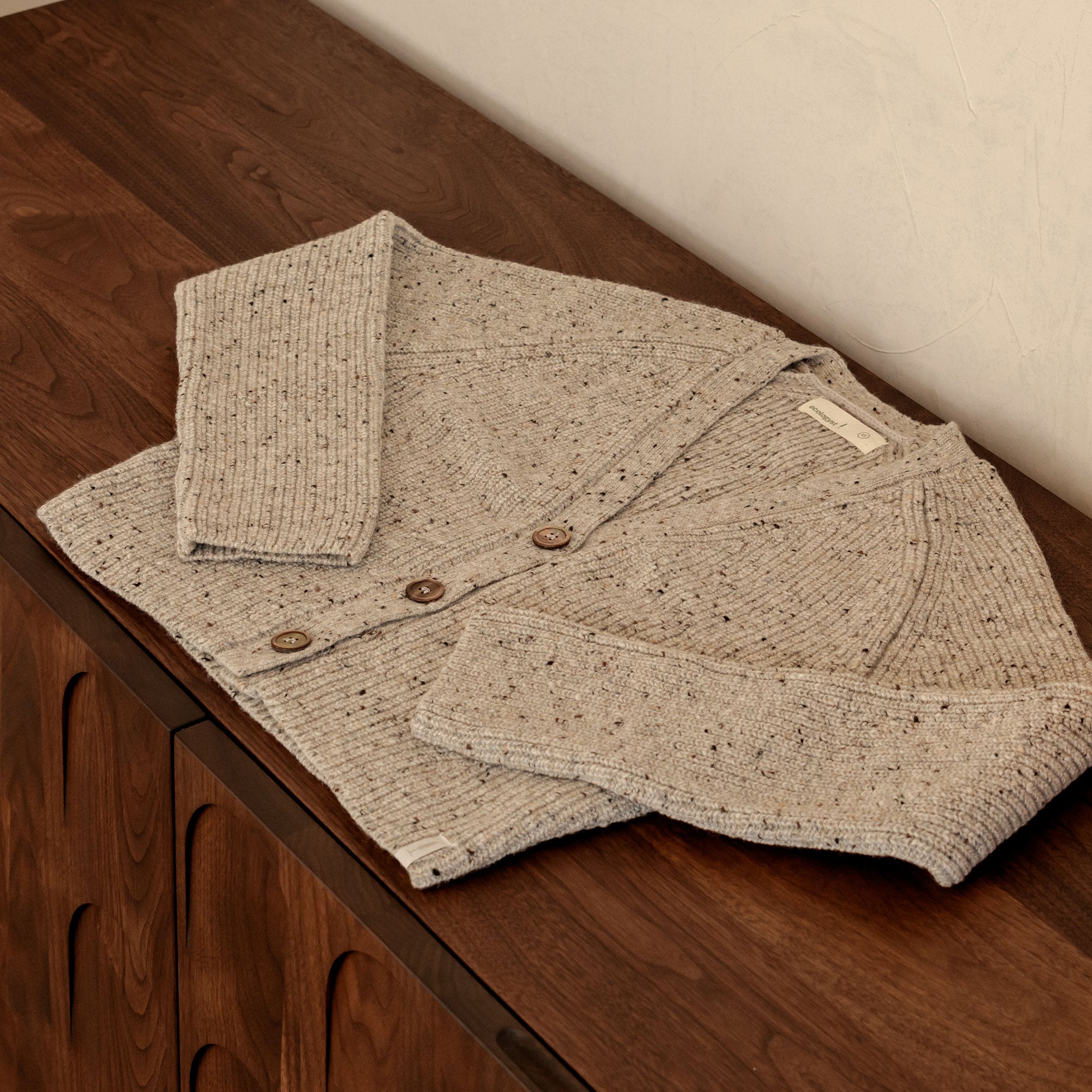
03 WOOL CARE
sweaters & outerwear
Spot clean or hand wash with cold water, lay flat to dry. Do not machine wash or dry. Best stored folded rather than hung.
195 MERINO & LIGHT wool
Cold wash by hand or on a delicate setting, lay flat to dry. Because wool naturally resists odours and bacteria, it allows for multiple wears between washes.
Shop WoolIt doesn’t need to be complicated.
Simple tools help garments last longer and stay at their best.
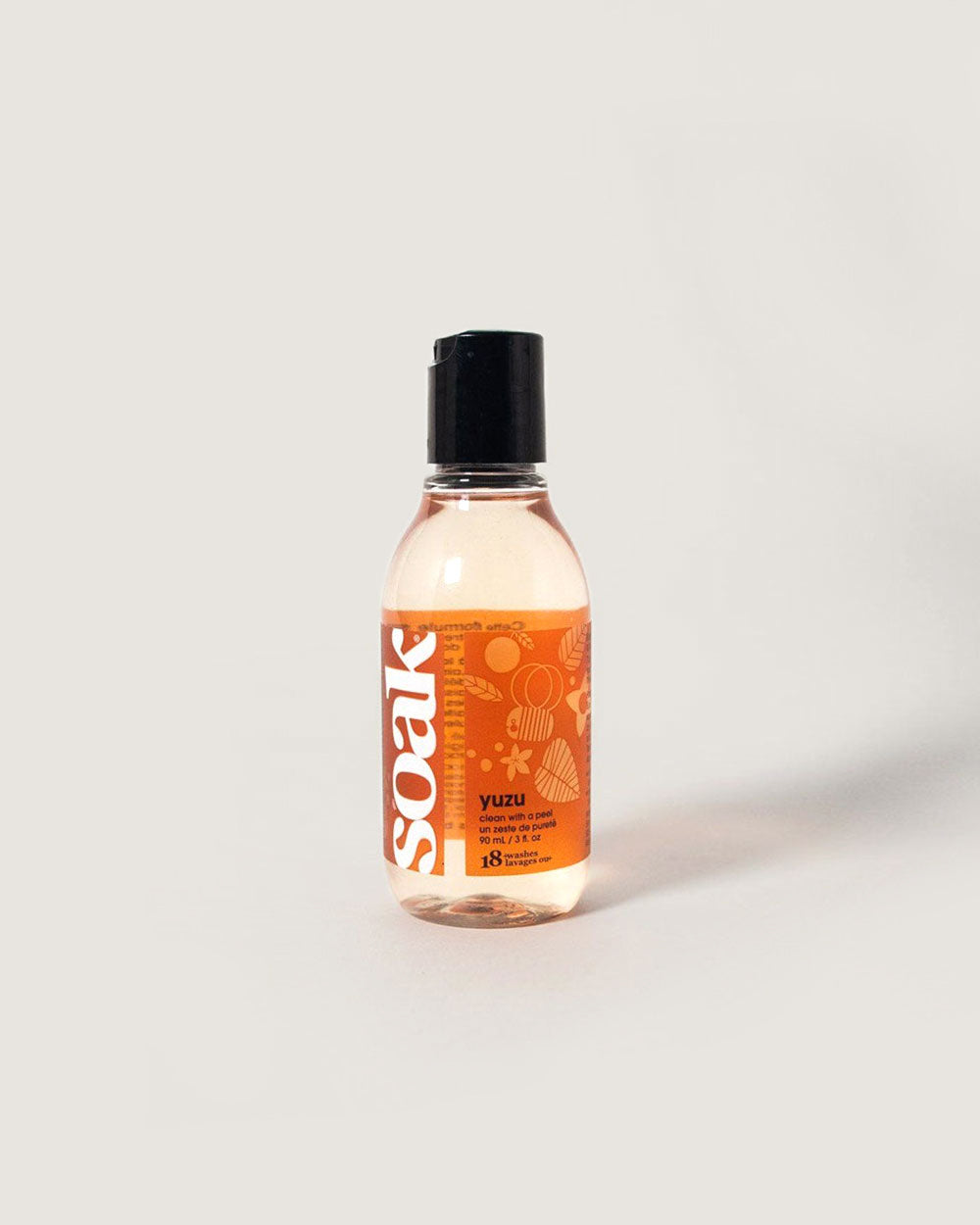
Soak Wash
A no-rinse, plant-based detergent—cleanses without stress on seams or fibres. It can be used for machine or hand wash.
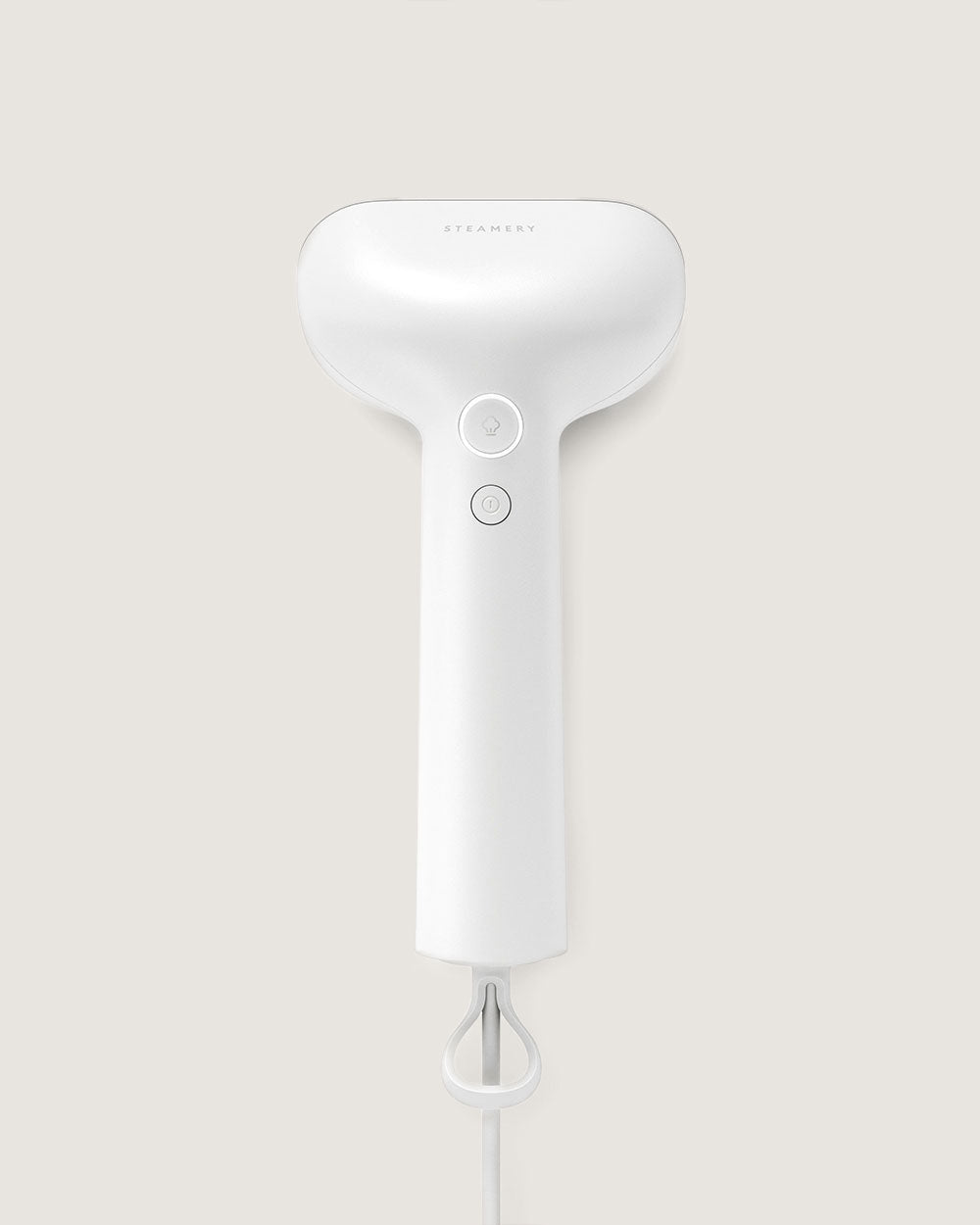
Steamers
Gently refresh fabric, removing wrinkles without the harshness of ironing.
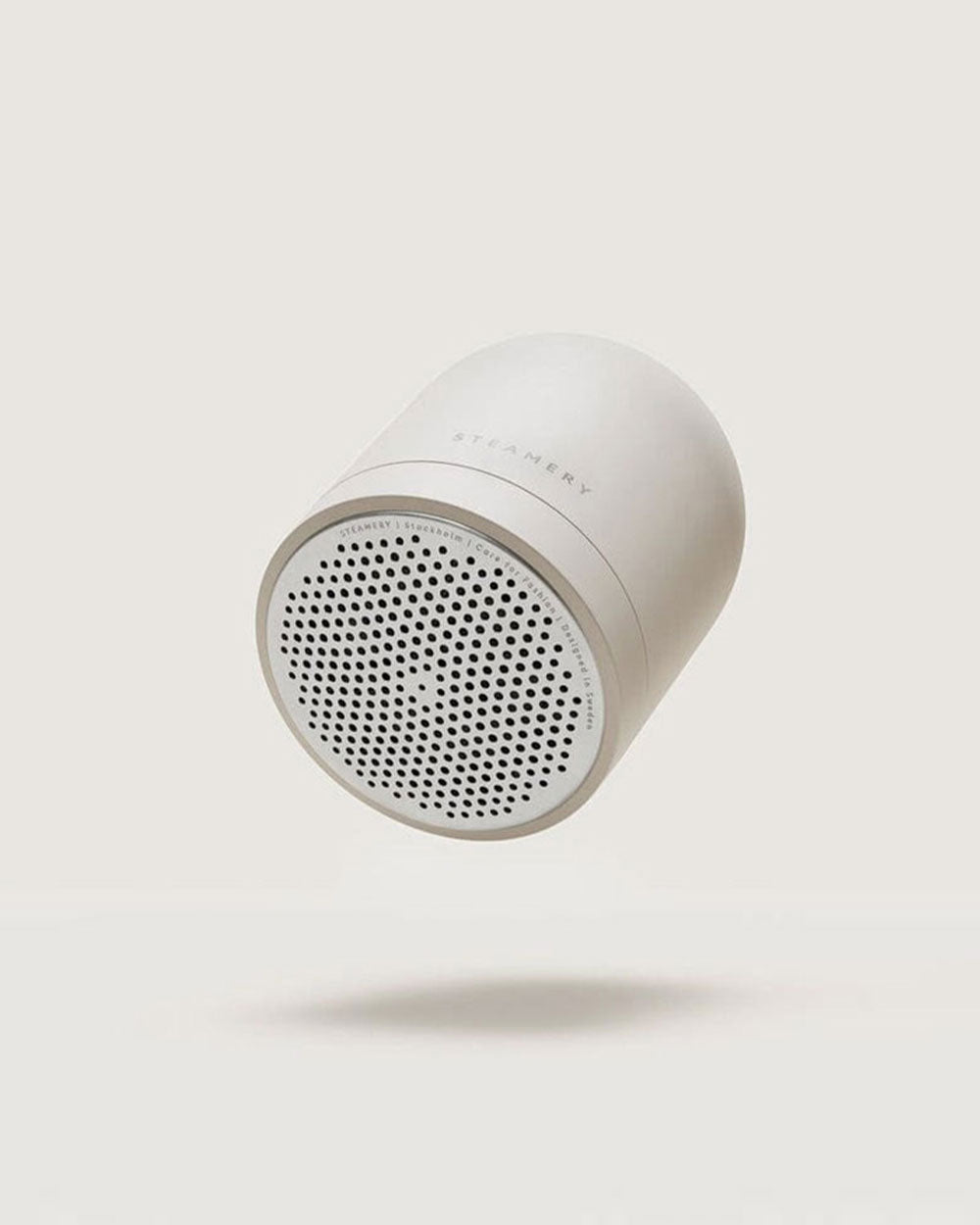
Fabric Shavers
Eliminate pilling, particularly on wool or cotton knitwear, restoring a smooth surface.

Sewing Kit
Include essential tools and make hand repairs more durable and enjoyable, whether reinforcing a seam or patching a tear.
Repair and keep it in rotation
We design garments with longevity in mind, but sometimes wear and tear is inevitable—hems loosen, buttons fall off, and small fixes are needed. When that happens, we’re here to help with construction repairs to keep your pieces in rotation for years to come.
A few simple steps to request a repair:
See our Terms & Conditions page for more information on repairs.
Storage for non-sweater weather.
With the right resources and attention, each piece in your wardrobe can stay part of your story—season after season.
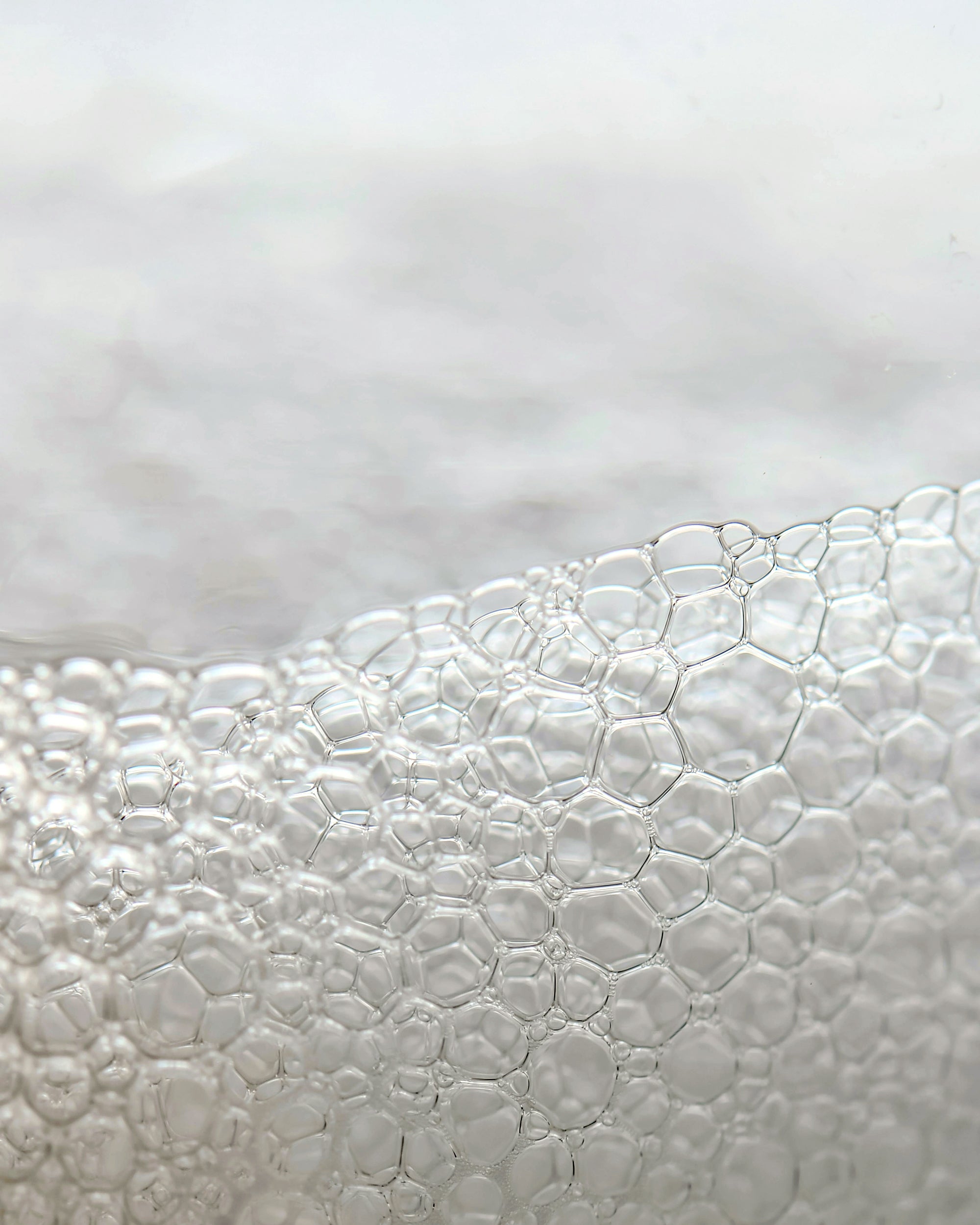
01
Clean first. Washing removes body oils, sweat, and food residue that can attract moths. This is also the time to shave or steam your garment to freshen it up and eliminate lingering residue. Always lay flat and allow it to dry completely before storing.

02
Add natural protection. Cedar balls, lavender sachets, or hanger attachments help deter pests and keep your garments smelling fresh when it’s time to bring them back out.
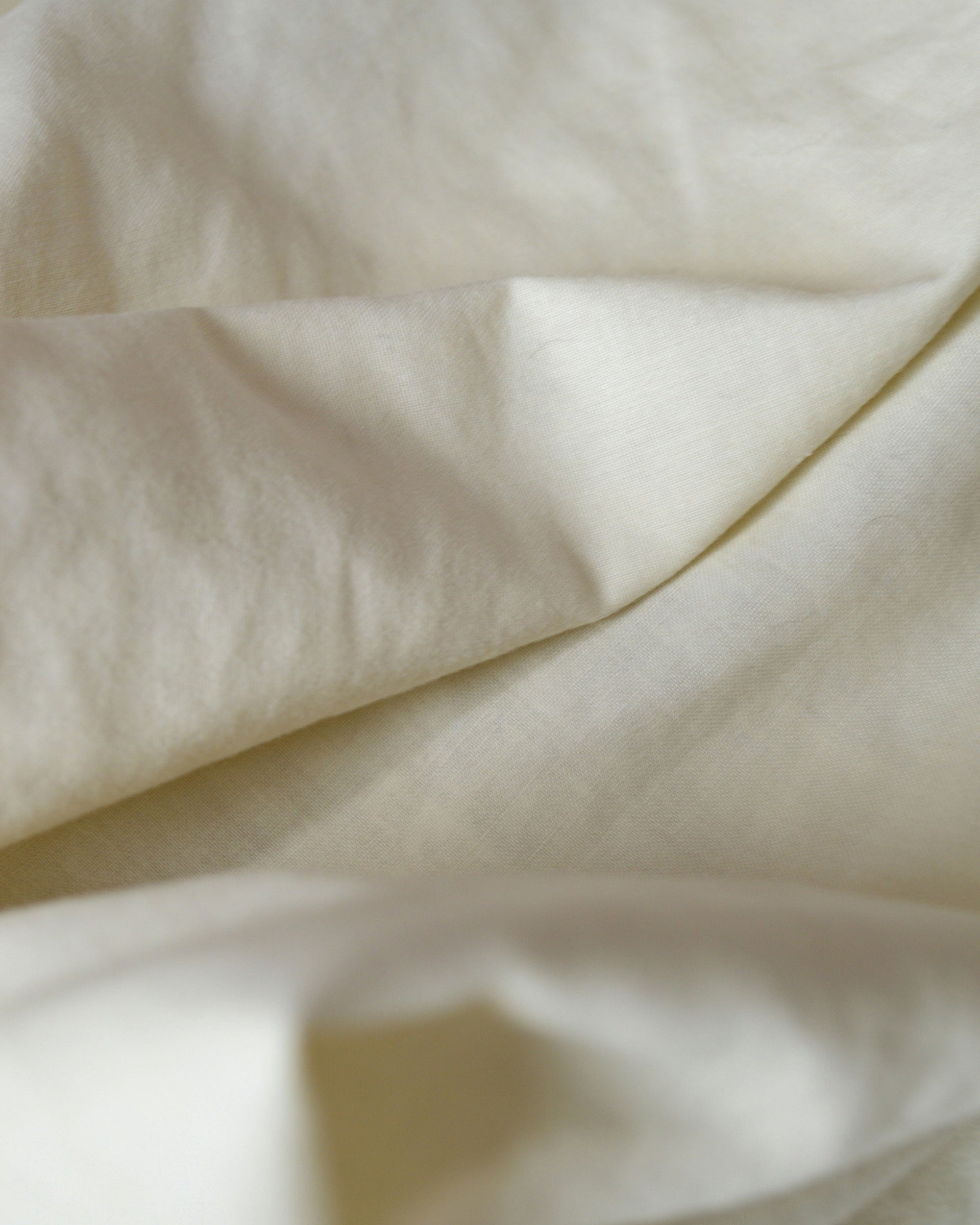
03
Choose the right container. Breathable cotton or canvas bags are ideal—plastic can trap moisture and lead to mildew or fiber breakdown. Always fold wool rather than hang it to preserve its shape.

04
